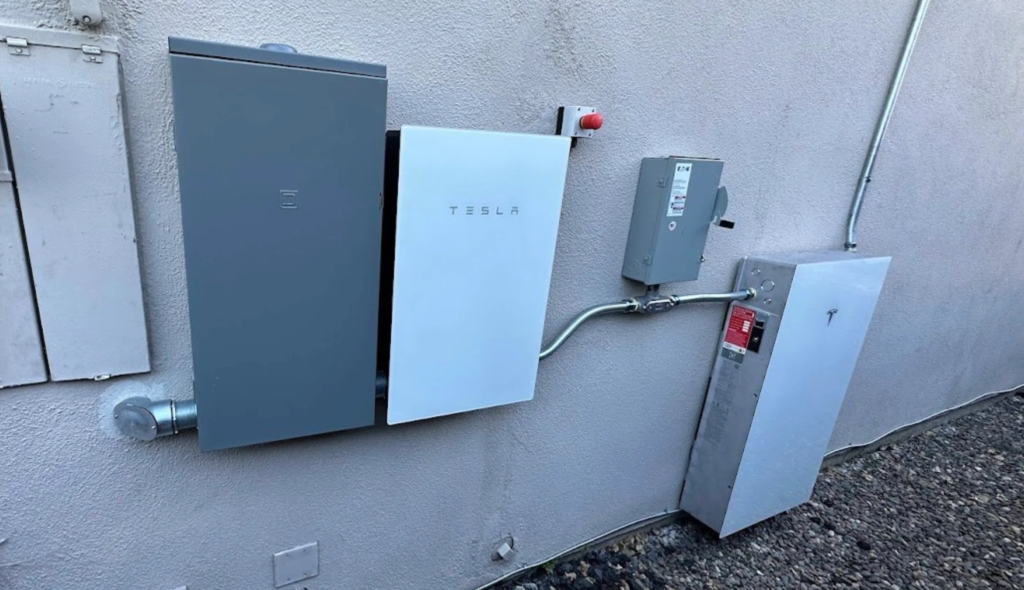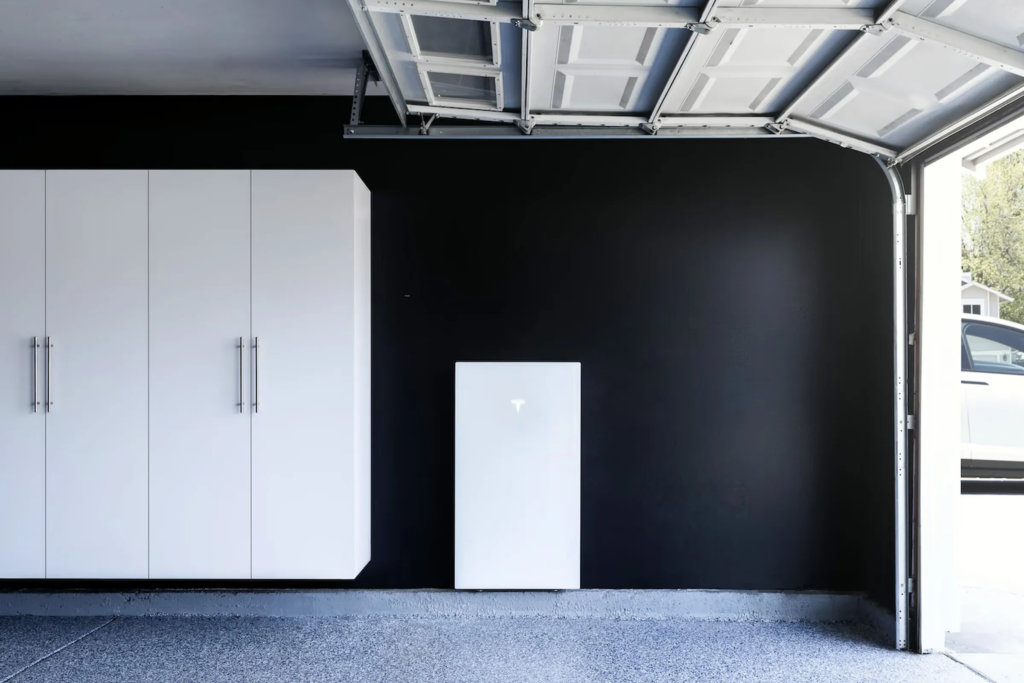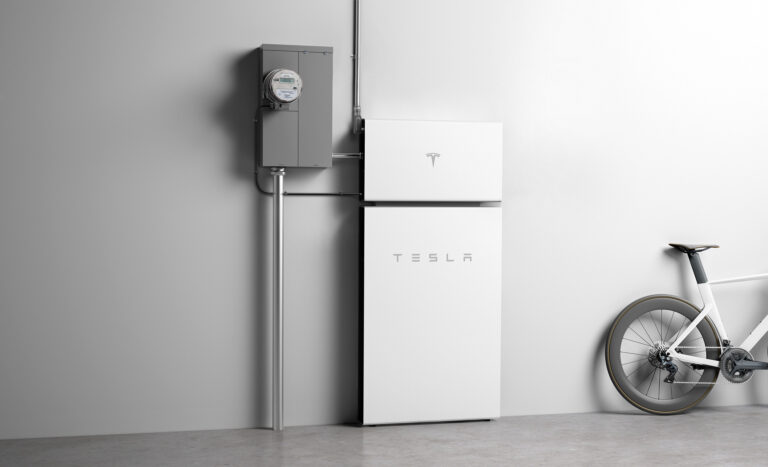Tesla has consistently been at the forefront of innovation in renewable energy and sustainable living. One of its most notable contributions to green energy solutions is the Tesla Powerwall, a revolutionary home battery system designed to store energy and provide reliable power backup.
Central to its effectiveness and appeal is its capacity, an essential factor for homeowners and businesses considering this technology. Understanding Tesla Powerwall’s capacity is crucial for making informed decisions about integrating this advanced energy storage system into your energy management strategy. We will explore the intricacies of Tesla Powerwall capacity, its features, benefits, and practical applications.
What is Tesla Powerwall?
Tesla Powerwall is a lithium-ion battery that stores energy for home use, load shifting, and backup power. Introduced in 2015, the Powerwall has undergone several iterations, each improving upon its predecessor in efficiency, capacity, and usability.
The primary function of the Powerwall is to store energy generated from solar panels or the grid, which can then be used during periods of high demand, power outages, or when electricity rates are higher.
Understanding Tesla Powerwall
Tesla Powerwall capacity refers to the energy the battery can store and deliver. The current version, Powerwall 2, has a usable capacity of 13.5 kilowatt-hours (kWh). This capacity determines how much energy you can store and how long it can power your home or business during outages or peak demand times.

Usable Capacity vs. Total Capacity
When discussing battery capacity, it’s essential to differentiate between usable capacity and total capacity. Total capacity refers to the maximum amount of energy a battery can store, whereas usable capacity is the portion of that energy available.
For the Tesla Powerwall 2, the total capacity is around 14 kWh, but the usable capacity is 13.5 kWh. This slight difference accounts for the energy required to maintain battery health and efficiency over time.
Power Output
In addition to capacity, the Tesla Powerwall’s power output is a critical factor. Power output determines how much electricity the battery can deliver at any given moment. Powerwall 2 has a continuous power output of 5 kilowatts (kW) and a peak power output of 7 kW. This means it can supply 5 kW continuously and up to 7 kW for short periods, which is ideal for handling sudden surges in demand.
Benefits of Tesla Powerwall
Energy Independence
One of the main benefits is the potential for energy independence. By storing excess energy generated by solar panels, homeowners can reduce their reliance on the grid and avoid high electricity rates during peak hours. This stored energy can be used at night or during cloudy days, ensuring a consistent power supply.
Backup Power
The Tesla Powerwall’s capacity also makes it an excellent solution for backup power during outages. With a 13.5 kWh capacity, a single Powerwall can keep essential appliances and devices running for several hours. Multiple Powerwalls can be installed for extended outages to increase storage capacity and ensure prolonged backup power.
Load Shifting
Load shifting is another significant benefit. Load shifting involves using stored energy during peak demand times when electricity rates are higher and charging the battery when rates are lower. This practice not only reduces electricity costs but also alleviates stress on the grid, contributing to overall energy efficiency.
Practical Applications
Residential Use
For residential use, it is ideal for managing energy consumption and ensuring a reliable power supply. Homeowners with solar panels can store excess energy generated during the day and use it at night, optimizing their energy use and reducing electricity bills. During power outages, the Powerwall can provide backup power, keeping lights, refrigerators, and other critical appliances running.

Commercial Use
The Tesla Powerwall can help businesses manage energy costs and provide backup power for critical operations in commercial settings. Companies can use stored energy to avoid high peak demand charges and ensure operations continue smoothly during outages. The Powerwall system’s scalability allows businesses to install multiple units, tailoring the energy storage capacity to their needs.
Off-Grid Living
Ensure a consistent and reliable power supply for those living off-grid. By pairing the Powerwall with renewable energy sources like solar or wind, off-grid homes can store enough energy to meet their needs, even when generation is low. The Powerwall’s capacity and efficiency make it a key component of sustainable off-grid living solutions.
Enhancements and Future Developments
Tesla continues to innovate and improve its energy storage solutions. Future developments include increased capacity, improved efficiency, and enhanced integration with other renewable energy systems. The continuous advancement in battery technology suggests that future iterations of the Powerwall will offer even greater capacity and functionality, further solidifying its role in the transition to sustainable energy.
Installation and Maintenance
Installation
Installing a Tesla Powerwall involves several steps, including site assessment, system design, and installation by certified professionals. The installation process ensures that the Powerwall is integrated seamlessly with your existing energy systems, optimizing its performance and capacity. Proper installation is crucial for maximizing the benefits of the Powerwall’s capacity and ensuring safe and efficient operation.
Maintenance
Maintenance of the Tesla Powerwall is relatively straightforward. The system is designed to be durable and requires minimal maintenance. Regular monitoring through the Tesla app allows users to track the performance and capacity of their Powerwall and identify any issues promptly. Tesla provides support and maintenance services to ensure the system operates efficiently over its lifespan.
Cost Considerations
The Tesla Powerwall’s cost includes the battery’s price, installation, and any additional equipment needed for integration. While the initial investment can be substantial, the long-term savings on electricity bills and the benefits of backup power and energy independence can offset the cost over time. Additionally, various incentives and rebates may be available to reduce the overall cost of installing a Tesla Powerwall.
Understanding Tesla Powerwall capacity is essential for anyone considering this innovative energy storage solution. With a usable capacity of 13.5 kWh, the Powerwall 2 offers significant benefits, including energy independence, backup power, and load shifting. Its practical applications in residential, commercial, and off-grid settings make it a versatile and valuable addition to any energy management strategy.
As Tesla continues to innovate, future developments are likely to enhance the Powerwall’s capacity and functionality, further advancing the goal of sustainable and reliable energy solutions. By investing in a Tesla Powerwall, homeowners and businesses can take a significant step towards energy efficiency and independence, ensuring a greener and more resilient future.

